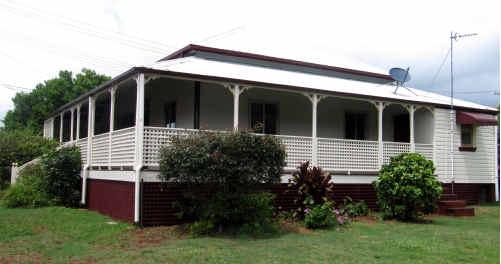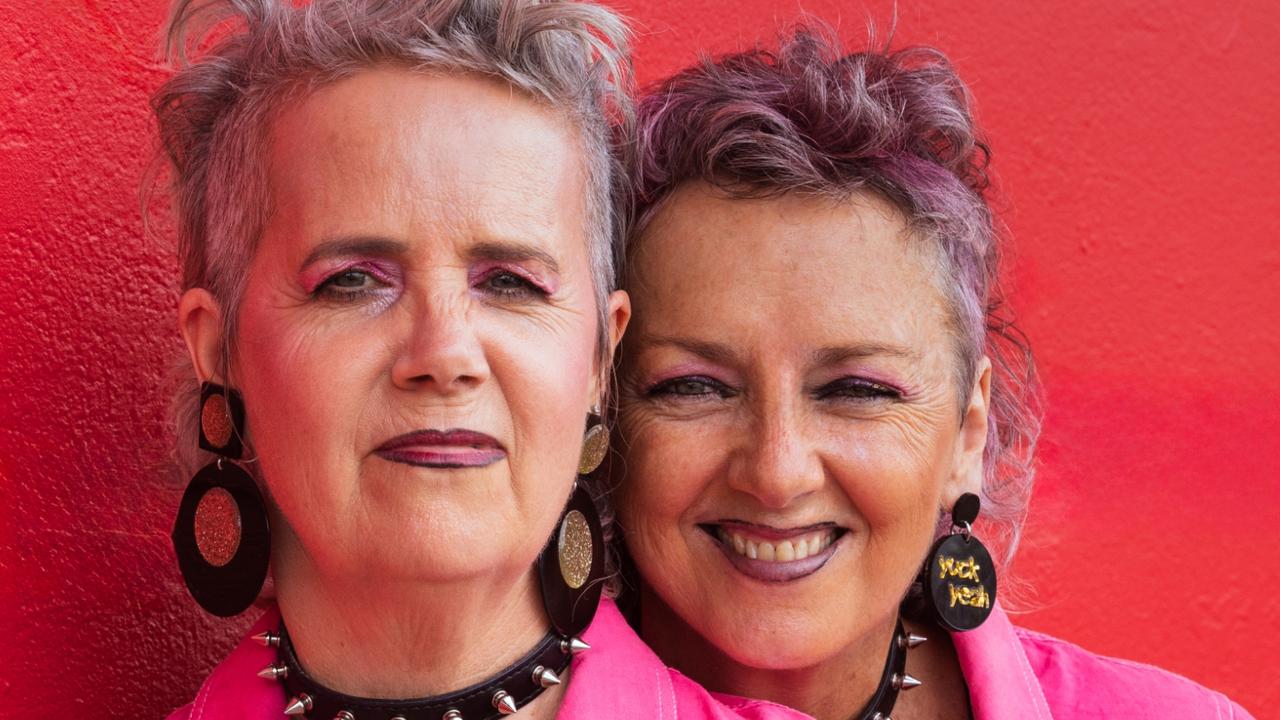Highfield history under the hammer
FOR Mel Cason, Saturday, February 26 will be a day tinged with sadness as his family home at 12 Marana Street, Bilambil Heights goes up for auction.

Tweed Heads
Don't miss out on the headlines from Tweed Heads. Followed categories will be added to My News.
FOR Mel Cason, Saturday, February 26 will be a day tinged with sadness as his family home at 12 Marana Street, Bilambil Heights goes up for auction.
His parents Bill and Effie Cason moved into the old homestead in the late 1950s, and by then the structure already had age about it and a history as well.
The long strips of cultivated fields along the ridge of fertile land above Tweed Heads was originally called Highfields, and the small farming community initially grew sugar cane that was gradually phased out and replaced with banana plantations.
Dairy cattle grazed the lush grasses and their milk and cream was sent by lorry to the Norco factory just south of Murwillumbah. Pigs and chickens were raised and helped fill the family dinner table.
After World War II small crops took over and a number of the dairy herds were replaced by beef cattle.
The homestead acquired by Bill and Effie Cason had been built to replace the original slab hut on the dairy property, and it was still standing when the couple took up residence.
Like on so many old farming properties along the ridge, the original dry-stone walls, skilfully built by early farmers using traditional methods, still divided the paddocks.
There was a piggery, and an old orchard remained from earlier times.
The heart of the homestead had been the kitchen and breakfast area where people gathered together before going about their daily routine.
The long breakfast room with its hopper windows down each side was an extension at the back of the house.
A large pantry, usually stocked up several times a month following a trip to Murwillumbah, serviced the kitchen that still contained its large double ceramic sink.
A Rayburn slow-combustion stove stood in an alcove in place of a wood stove and provided a source of heating for the homestead besides cooking food.
Best of all were the 360-degree views of the Tweed coastline, Terranora Broadwater, surrounding hills and ridges and Mount Warning in the distance.
Bill and Effie Cason, in their turn, made changes to the homestead and lowered the high ceilings.
The French doors that opened onto the veranda to allow cooling air into the home during summertime also allowed in the hordes of hungry mosquitos that travelled on the breeze, so they were replaced.
The Cason family was also surrounded by change, that up to the late 1950s had taken place on a modest scale.
The first subdivision of farmland in the Highfields area seems to have taken place in August 1919 when P Smith and Son and S A Thornton, auctioneers in conjunction, sold five banana farms on Kilfenora Subdivision. This subdivision was surveyed by Mr Edwin Johnson who had carried out the survey of the township of Cooloon (Tweed Heads) completed in 1883.
Gold Coast real estate developer Alfred Grant’s father Mr Walter Alfred Grant came from a South Arm pioneering family.
In 1916 Walter, a widower, married widow Elsie Way (nee Gallard) who was the mother of Effie Cason. Elsie and Walter Grant were living in retirement at Tyalgum at the time of Elsie’s death in 1960, and Walter then lived at Highfields until his death in 1965.
In August 1959 Alfred Grant advertised the sale of his completed Terranora Lakes Country Club Estate on land surrounding Bill and Effie’s property.
Included in the price of a block of land was 100 pounds worth of shares in the country club company that provided a part ownership and membership of the club.
The country club facilities consisting of a nine-hole golf course, eight-rink bowling green, swimming pool, clubhouse, squash court, tennis court and riding stable were already under construction.
On Saturday, October 2, 1965 the Terranora Lakes Country Club was officially opened by the New South Wales Minister for Housing and Co-operative Societies and Member for Byron, Mr S T Stephens.
The success and expansion of the Terranora Lakes Country Club steadily increased its membership. People attracted to the area and the amenities offered by the country club built their homes on the nearby land.
Over the years as more land became available for development the housing estates spread out further, until the Cason family home’s fine views were eventually blocked by houses and tree growth.
In 1970 the Terranora Lakes-Bilambil Progress Association asked Tweed Shire Council to make the name of the area, historically known as Highfields, official.
Tweed Shire Councillor Mrs H M Simpson, who lived in Simpson’s Road, Highfields, objected to this request, stating that there was already confusion with local mail going to other centres named Highfields.
Her successful move to block the local progress association’s request resulted in a name change to Bilambil Heights, and severed a link that many long-time residents had with an earlier era.
The Cason family home is probably the last tangible link with the early years of real estate devel- opment in the area.
Originally published as Highfield history under the hammer


